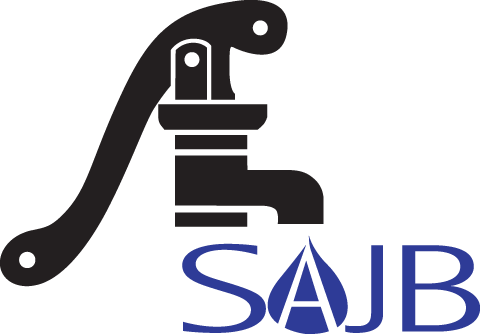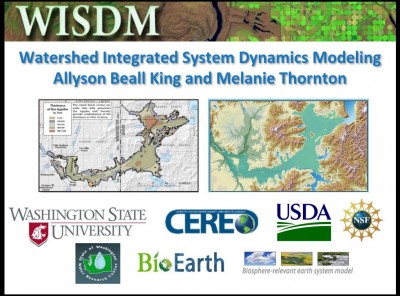WISDM Presentation 4/8/14 – Melanie Thornton
WISDM Collaborative Modeling Oasis 4.8.14 – View Melanie Thornton’s April 8, 2014 presentation to the Idaho Washington Aquifer Collaborative.
The Watershed Integrated System Dynamics Modeling (WISDM) mission is to:
- Understand how climate and land use changes have affected water quantity and quality in recent decades, and how will climate variability and change impact water quantity and quality in the next few decades
- Determine what agricultural practices (e.g., crop mix, fertilization, irrigation, and tillage) will promote agricultural productivity under a new hydrologic regime while preserving water quality and minimizing green house gas emissions.
- Explore possibilities for how dam operation could evolve to meet irrigation needs associated with sustained agricultural productivity, along with competing in-stream flow and hydropower requirements, under anticipated climate variability and change.
- Consider how changes in demand and supply-side economic conditions and climate change affect water use across space and time, and how will (or can) regulatory institutions adapt as water becomes increasingly scarce.
Challenges of the Project
- Trying to create policy relevant, long-term, broad thinking scenarios related to a large dynamic watershed with bi-state issues
- Bridging process-based models with system dynamics to have a user friendly interface that will run various policy scenarios for stakeholders in the basin
- Incorporating the technical BioEarth model into a user-friendly system dynamics model and addressing a variety of challenges facing the interdisciplinary research team.

